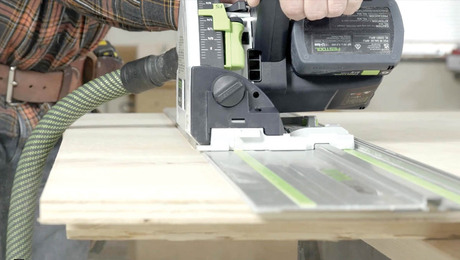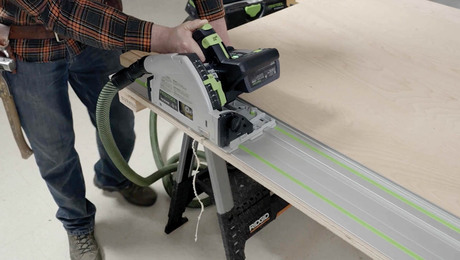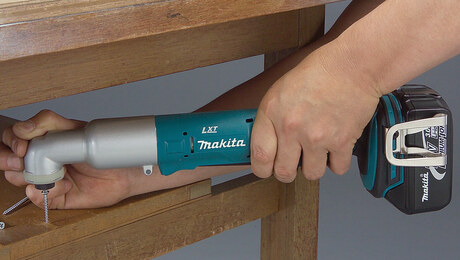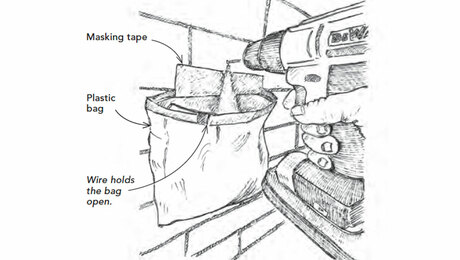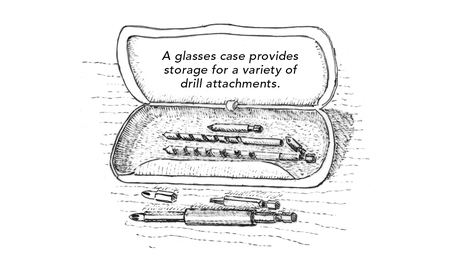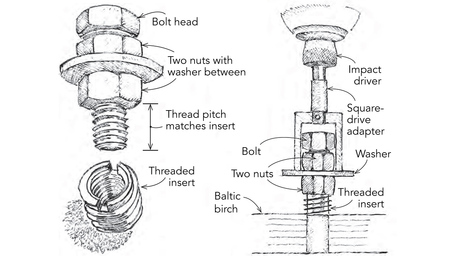Tool Test: 12v Li-Ion Compact Drills
Each of these eight pint-size tools is light, powerful, and affordable, but which is the best?
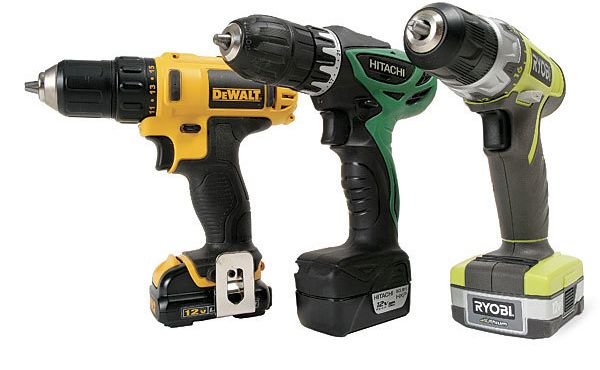
Synopsis: In this tool survey, Oregon contractor Paul Johnson puts 12v Li-ion compact drill/drivers through their paces to determine which of these eight pint-size tools is the best. After a battery of job-site and shop-based tests, Johnson rated the DeWalt DCD71052 as his top choice, praising its high-speed drilling capacity. For best value, Johnson chose the Porter-Cable PCL120DCC-2. Also tested were models from Ridgid, Milwaukee, Makita, Bosch, Ryobi, and Hitachi.
I’m one of those people who believe that you can never have too many drills. That said, I’m always on the lookout for the drill-driver that could take the place of the multiple drills that I otherwise need to bring to a job. The new generation of 12v Li-ion drill-drivers brings a lot of the speed and power of larger drills into a compact, lightweight package. None of these drills will take the place of a full-size model, but most are worthy of consideration for the majority of daily tasks.
Compact drills come in two styles
Although most of the drills in this review are also available with a hex-bit chuck, I chose to review only models that had keyless chucks. The hex-bit drills are excellent in high-torque situations, but keyless chucks have more versatility because they accept both driver and drill bits. Also, in the end, keyless chucks add a level of potential complexity that separates one drill from another.
The eight drills I tested come in two different styles. The DeWalt, Hitachi, and Ryobi models have a flat battery that makes the tool a little larger in overall size, but allows it to be set down on its base without falling. The Bosch, Makita, Milwaukee, Porter-Cable, and Ridgid models have a stick-style battery inserted into the handle. These drills are smaller overall and are easier to slip into the pocket of a tool belt. However, the grips are fatter to accommodate the battery, most can’t be set down on their battery, and they are prone to heating up during heavy use.
Each drill came with a case, two Li-ion batteries, and a battery charger. All but one came with a 30-minute charger that really does charge the battery from zero to full in about 30 minutes. (The exception was the Ryobi, which had a 40-minute charger.)
After using the drills in the field and back in the shop, it became clear which were the standouts and which couldn’t keep up.
How we tested
The focus was to find out how each of these tools worked as both a drill and a driver, and whether any had features to set it above and beyond the competition. Could they handle everyday light-duty jobs such as installing cabinet hardware as well as tortuous tasks such as drilling out for a door lockset with a hole saw?
Over the course of my testing period, I used the drills on three different projects: a set of reproduction outdoor slatted tables; a full staircase renovation with new skirts, treads, risers, newels, and iron balusters; and a down-to-the-studs bathroom remodel.
For the outdoor tables, I put the drills through their paces by drilling pilot holes for and countersinking a few hundred 2 1⁄4-in. stainless-steel trim-head screws into vertical-grain fir. For the stair-remodel job, I gave them a further workout by drilling 1⁄2-in.-dia. by 1 1⁄2-in.-deep holes for 75 or so iron balusters. As part of the bathroom remodel, I installed five new solid frame-and-panel interior doors into existing jambs and abused the drills by drilling and prepping the 1-in. and 2 1⁄8-in. holes for the new locksets. I also used them for less taxing jobs such as installing all of the new bathroom hardware.
For more photos and details, click the View PDF button below:









